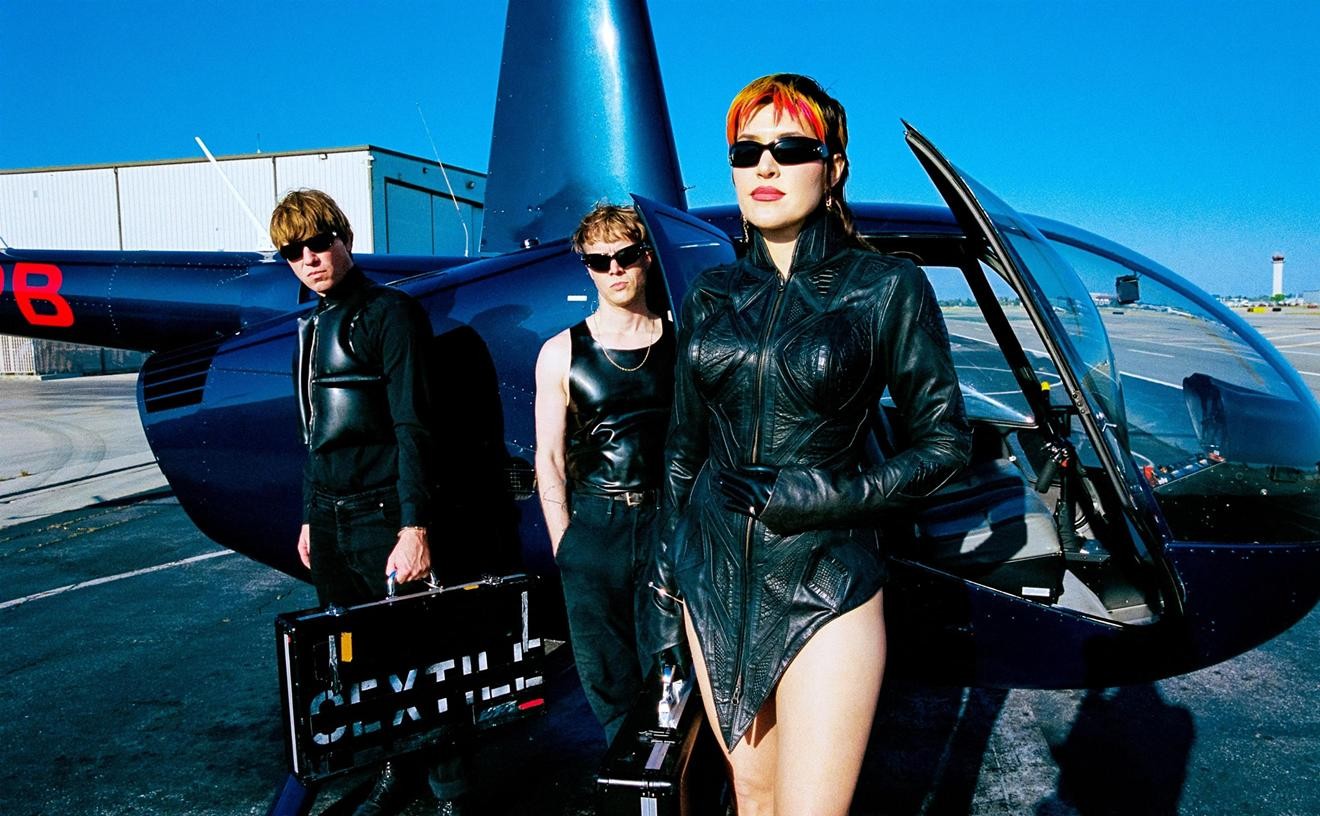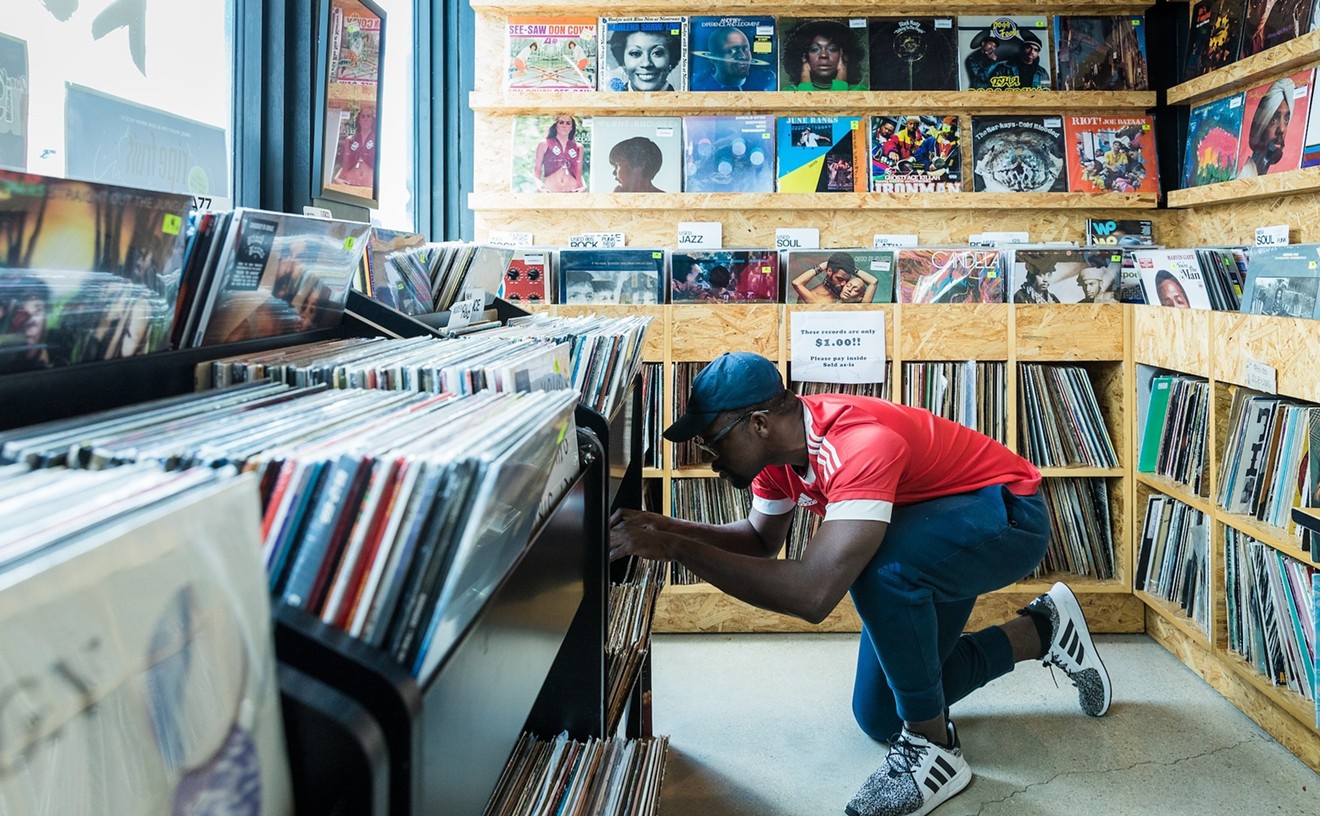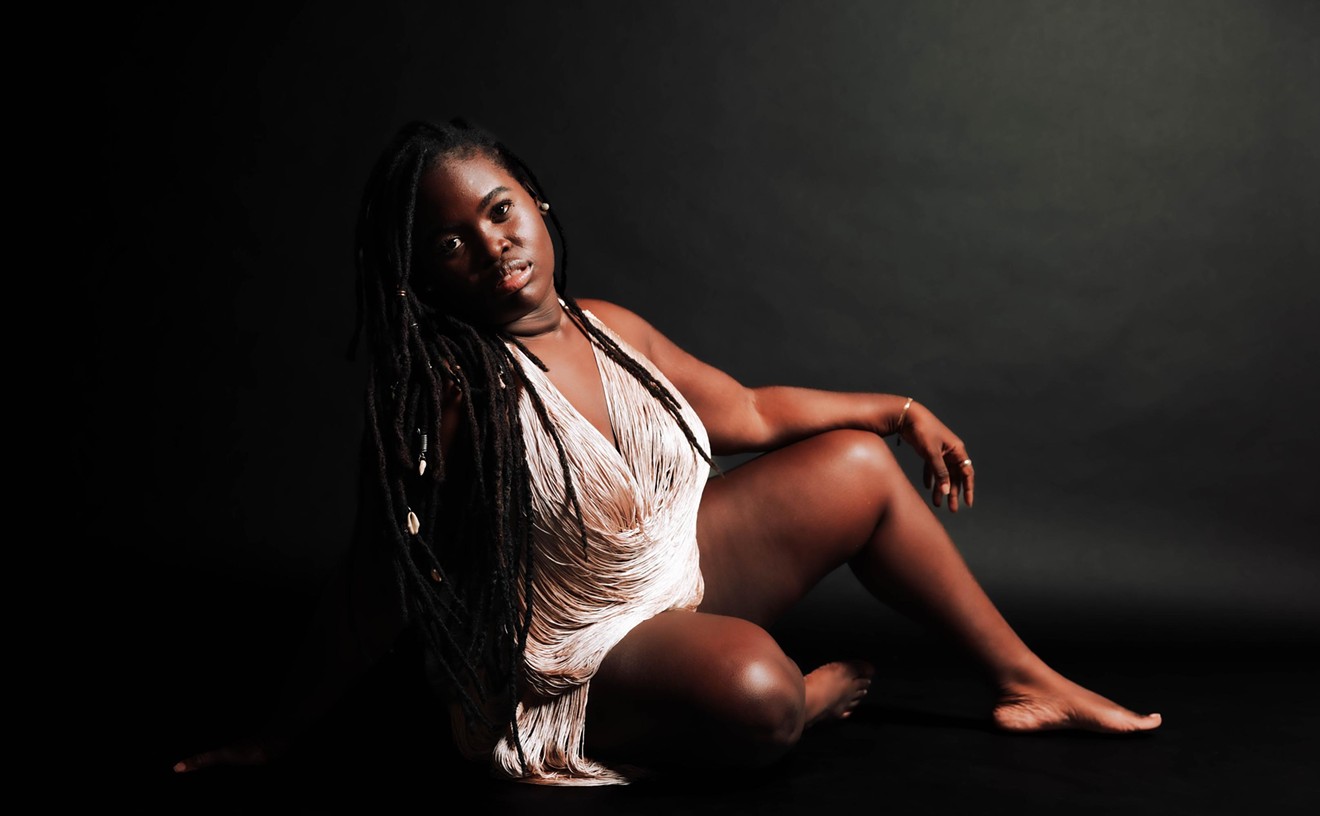Dralion, now playing for sold-out crowds at the Cirque's downtown Miami big top, features an onstage band armed with an array of global instruments, including that touchy-feely staple, the didjeridoo. Two druidlike singers descend from the ceiling on wires, wearing flowing robes and Madonna mikes and warbling in an operatic one-world gibberish. Middle Eastern raks sharki segues into Celtic keaning, and synth hip-pop shifts to jazz. Dralion's score can be soulful and entrancing, an extravagant complement to the intricate choreography of its highflying performers. At its worst, the Montreal troupe's explosive music combines the contrived suspense of Who Wants to Be a Millionaire with the rabid fervor of Riverdance: a thundering ersatz-folkloric soundtrack generously flavored with fromage.
That's show biz. The original idea behind Cirque du Soleil, which debuted in Quebec in 1982, was to combine street performance and circus acts with cutting-edge theatrical flair. It since has become a self-contained entertainment industry, with permanent shows in Las Vegas and Orlando as well as touring productions, concession tents stocked with high-priced souvenirs, and production values Broadway would envy.
Fittingly Richard Oberacker, the conductor of Dralion's seven-member ensemble, has a background in musical theater. A veteran of Miss Saigon, Cats, Showboat, and other Broadway hits, 32-year-old Oberacker is the first American conductor to work with the Cirque.
During a phone interview before a recent performance of Dralion, he is hard-pressed to define the show's sound. He waits a few beats before answering. "I would say it's world music," the affable conductor decides, then explains the conceit of the music's author, Violaine Corradi. "This particular show is about East meets West, and where does East meet West but in the Middle East? It's not Chinese but it's not Western; it literally lies in the center. You've got Judaic influences and African and Arabic sounds that are so simple and powerful."
Corradi is an Italian opera singer and composer whose bio places her in the company of Philip Glass, former Yes vocalist Jon Anderson, and Kitaro. It is Oberacker's job to incorporate the score for each act into Dralion, and the music can differ slightly during each performance, depending on the artists' timing. Oberacker, positioned at the back of the stage with the band, wears a headset and coaches the musicians with a stream of spoken cues.
"The composer creates the music based on a videotape of an act that's in development," the conductor explains. "It's my job to analyze that music and break it down into chunks, assigning the different motifs to different actions within each act. Rather than learning the music as a complete piece, the band learns it as a series of small bits. In the teeterboard number, for example, the timing of the performers leaving the tower falling through the air and hitting the teeterboard will be different each night, and so will the timing of the music."
Before each show the conductor consults the company call board, which lists artists' injuries for each day. "Let's say the stilts jump is out," Oberacker says. "I have to know in my head how the number will sound without those movements.
"There are certain places where we're really following the performers, and they are encouraged not to listen to it," he says. "We don't want them to jump off tower at three-four; they have to jump off when they're prepared. But they are listening to it in some way because it feeds their soul. They know the power of music, and they use it."
This dramatic edge makes for wonderful moments, as when the Chinese hoop divers, wearing spiky Mohawk headpieces, bang their heads on the floor to the beat of furious drumming. With each jump and tumble assigned its own full-out musical accompaniment, Cirque du Soleil blends the boundaries between acrobatics and contemporary dance and succeeds in elevating the traditional circus's "death-defying" tricks to theatrical spectacle. Whether you find the music life-affirming or merely melodramatic, the intricate orchestration of the physical, visual, and aural aspects commands respect.
Historically circus bands began as devices used to attract townspeople to the big top. "Circus music is traditionally played loudly to direct people's attention to the circus itself or to a particular act," explains Daniel Turkington, a band-music buff from Vancouver, Washington, who has been collecting circus music recordings and sheet music for the past 40 years. "It's in-your-face music with brass and percussion instruments." As with the Cirque du Soleil, circus music traditionally was composed or selected for specific acts and incorporated diverse genres, like waltzes or ethnic sounds, such as the fan tan for Asian acrobatic acts.
Although Cirque du Soleil has built on traditional circus formulas, there's something obviously and unfortunately absent in the production of Dralion: The pauses, the absence of the time-honored suspense of the drum roll, the silence, and the collective gasp as the acrobats execute their move followed by the crash of triumphant music, provoke nostalgia for a time when a simple display of exceptional human agility was exciting enough. Cirque du Soleil still is for children of all ages, but it seems intended especially for the attention-deficit kids and their multitasking parents. The singers, who take the place of ringmaster figures in Dralion, are constantly hovering above, below, or beside the acrobats, with their Loreena McKennitt-esque arias. A shimmying belly dancer symbolizing the Middle East theme rarely leaves the stage. Given the amazing physical performances in this show, what is the point of such distractions?
"Because the Cirque du Soleil uses no language, the music becomes the international language," offers Oberacker. "We look for sounds that function on a primitive level -- the energy level at which our percussion plays will do something to your body that a simple drum roll and smash can't do.
"While all the aspects of the Cirque interact constantly -- hopefully in perfect timing -- the music is one of the constants that never goes away," he insists. "It is there to help you reach certain emotional peaks and valleys. If we've done our job well, you're not even aware that you've been manipulated in that way."










